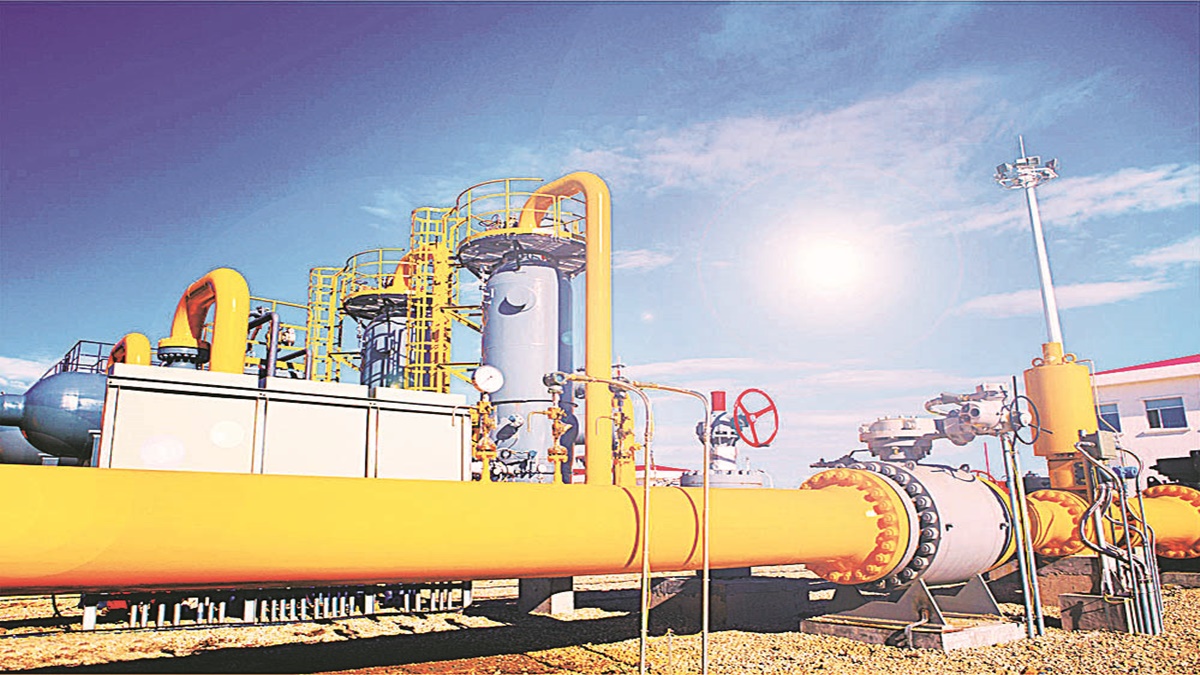The petroleum and natural gas regulatory board (PNGRB) proposed unified tariff at Rs 60.9/mmbtu is higher than estimated. While final notification is awaited, if this proposed tariff were to be implemented, it could result in a 15% increase in standalone Ebitda. This increase would be primarily driven by a 30% rise in the Ebitda of tx, which likely refers to transmission or transportation of petroleum and natural gas. Post-tax ROCE in tx will remain at 5% ruling out large multiple expansion. Lower gas cost for LPG after APM price cap and lower losses in petchem on falling feedstock cost are positive. Our fair value would rise to Rs 110 if proposed tariff is finalised, maintain Hold.
The proposed unified tariff is 35% higher than the current weighted average tariff of Rs 45/mmbtu. The regulator is seeking comments by March 15th and an Open House will be conducted on March 23rd following which the final notification on the unified tariff will be issued sometime in April. A final tariff above Rs 54/mmbtu should be better.
Based on our analysis, assuming that unified tariffs are finalised at the proposed level of Rs 60.92/ mmbtu, it could lead to a sharp c.30% rise in the gas transmission Ebitda over FY24/25E. However, the segment could see elevated levels of opex as GAIL’s dependence on Spot LNG rises with the govt prioritising allocation of high-pressure high-temperature (HPHT) gas resources to city gas distribution (CGD) companies and the fertiliser sector. The sharp rise in gas transmission Ebitda could translate into a 15% rise in standalone Ebitda over FY24/25E.

Despite the proposed increase in tariffs, we expect GAIL’s gas transmission ROCE to continue to lag regulated returns, remaining at sub-10% levels in FY24/25E even as asset base rose 3x over the last decade. The proposed increase in tariffs would negatively impact both the LPG production and Petchem segments as higher unified tariffs would lead to increase in the cost base, impacting margins. Tying up of new term LNG contracts with immediate delivery to offset lost Gazprom vols presents an upside risk, although the likelihood of this remains low at this time. LPG segment will benefit from cap on APM gas price, which we have incorporated in our estimates.
